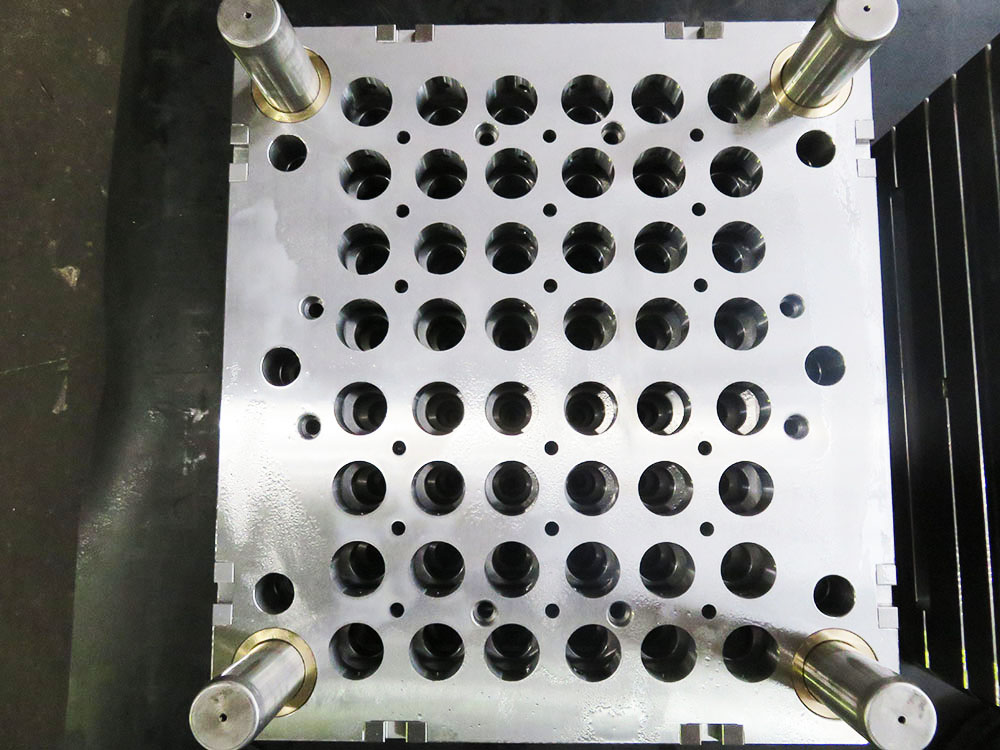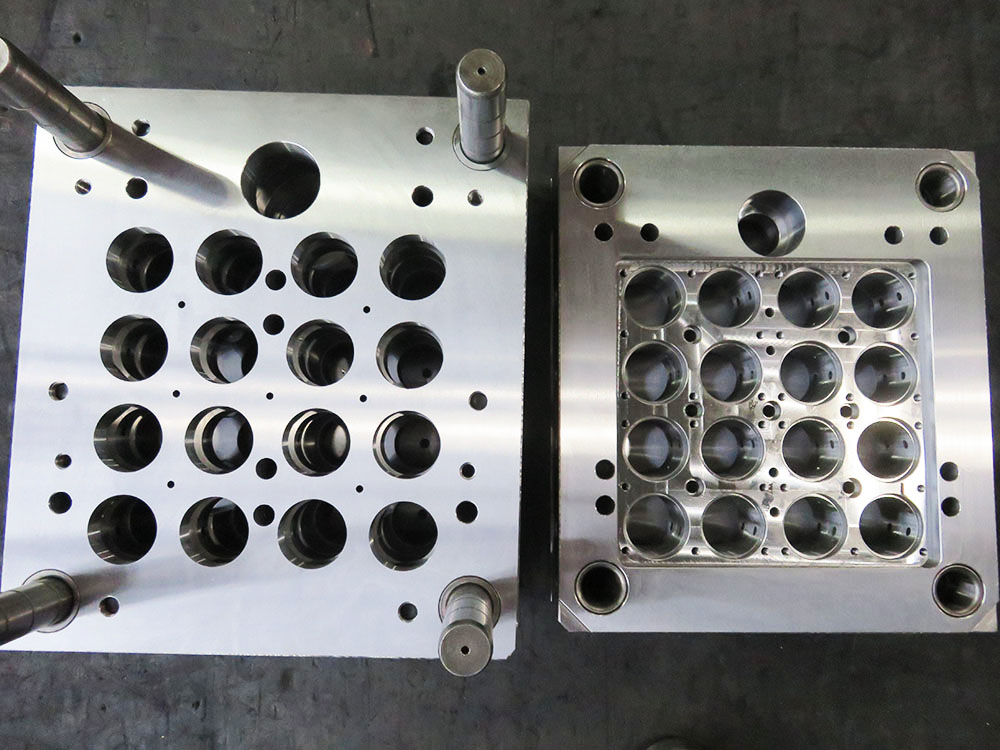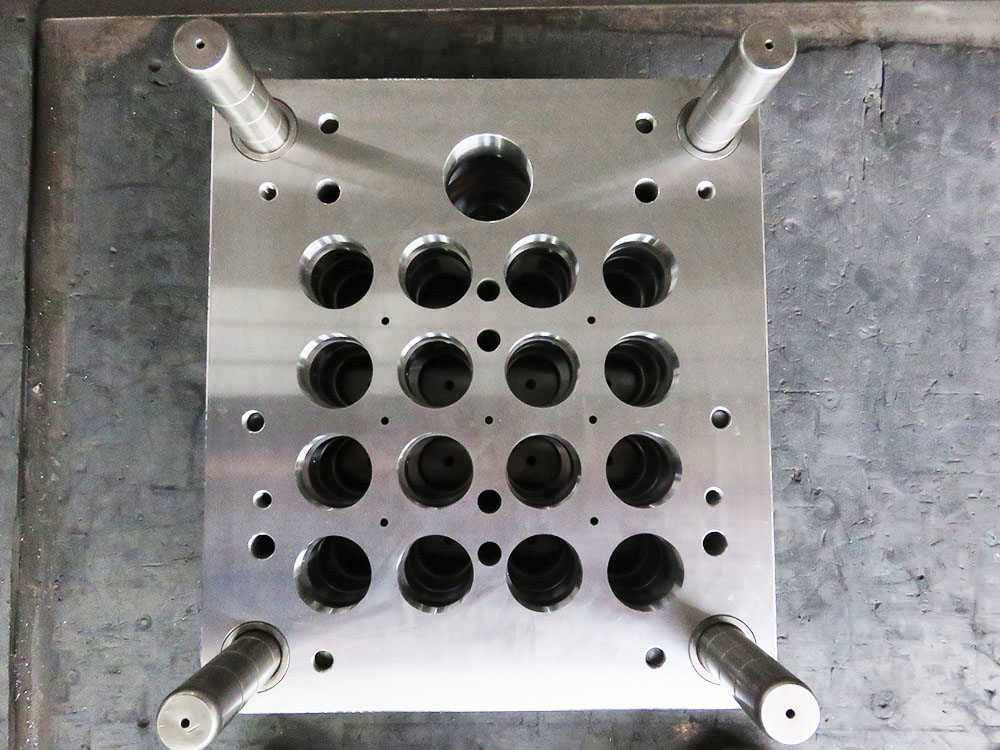Introduction to Creating an Aesthetically Pleasing Hinge Frame Scaffold
A hinge frame scaffold is an essential component in the mold base industry, providing support and stability for the molds during the manufacturing process. Creating an aesthetically pleasing hinge frame scaffold not only enhances the visual appeal of the mold base but also contributes to the overall functionality and safety of the structure. In this article, we will delve into the process of creating such a scaffold, highlighting the key steps and considerations involved.
Step 1: Material Selection
The choice of materials for the hinge frame scaffold is crucial in ensuring its durability and aesthetic appeal. Steel is commonly used due to its strength and resistance to corrosion. It is important to select high-quality steel that meets industry standards to ensure the scaffold's longevity and structural integrity. Additionally, consider coatings or finishes that enhance the appearance of the scaffold while providing protection against rust and other forms of damage.
Step 2: Design and Planning
Prior to fabricating the hinge frame scaffold, a comprehensive design and planning phase is essential. This involves accurately measuring the dimensions of the mold base and determining the required height, width, and depth of the scaffold. Attention should be given to creating a modular design that allows for easy assembly and disassembly, enabling flexibility in different mold base configurations.
Step 3: Fabrication
The fabrication process involves cutting, bending, and welding the selected steel material to create the different components of the hinge frame scaffold. Precision and attention to detail are paramount during this phase to ensure accurate assembly and a seamless final product. High-quality welding techniques should be employed to guarantee the structural strength and stability of the scaffold.
Step 4: Assembly
Once the individual components are fabricated, the hinge frame scaffold can be assembled. Begin by attaching the vertical frames to the base plates, ensuring that they are aligned and secured firmly. Place the horizontal and diagonal braces at the appropriate intervals to provide additional stability and support. It is important to follow the manufacturer's guidelines and industry standards during the assembly process to maintain the integrity and safety of the scaffold.
Step 5: Finishing Touches
After the scaffold is assembled, attention can be given to the finishing touches that enhance its aesthetic appeal. This may involve sanding and smoothing any rough edges, applying a protective coating or paint that aligns with the overall mold base design, or incorporating subtle decorative elements that do not compromise the scaffold's functionality. The goal is to create a scaffold that seamlessly integrates with the mold base, contributing to its overall visual harmony.
Conclusion
Creating an aesthetically pleasing hinge frame scaffold requires careful consideration of material selection, design planning, fabrication, assembly, and finishing touches. By following these key steps and adhering to industry standards, professionals in the mold base industry can produce scaffolds that not only provide crucial support and stability but also enhance the overall visual appeal of the mold base. The combination of functionality and aesthetics ensures a comprehensive solution for mold manufacturing processes.




